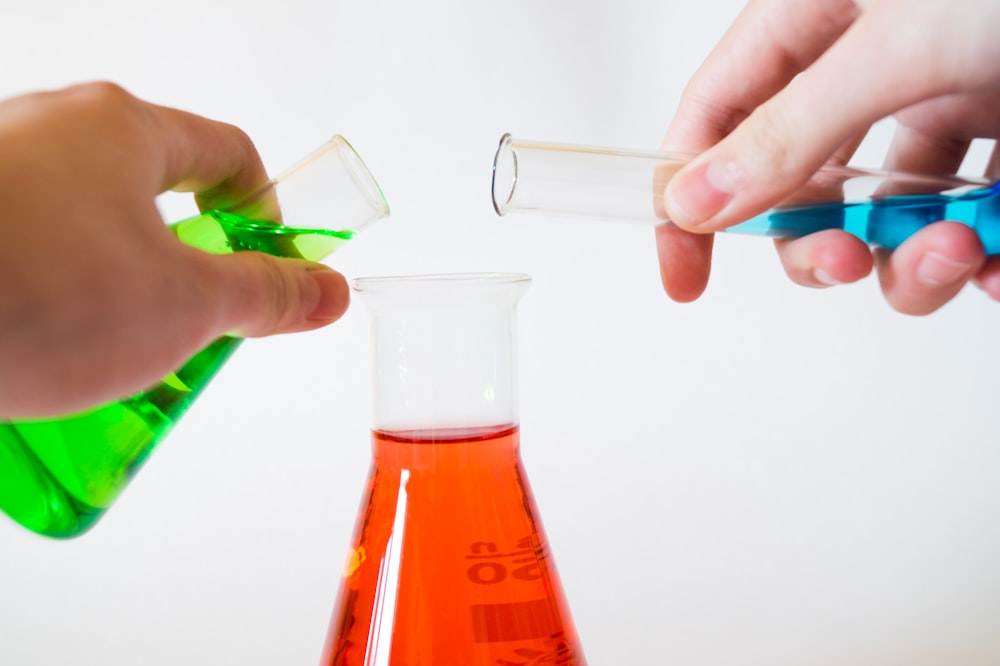What are thermal decomposition reactions? Explain with an example.
Answer:
Thermal decomposition, or thermolysis, is a chemical decomposition caused by heat. The decomposition temperature of a substance is the temperature at which the substance chemically Decomposes. The Reaction is usually endothermic as heat is required to break chemical bonds in the compound undergoing decomposition.
What information is conveyed by a balanced chemical equation?
A chemical equation defines most of the major facts about any reaction.
The basic knowledge that is conveyed by a balanced chemical equation are as follows:
1. The respective formulas of the reactants and products.
2. The respective masses of the reactants and products.
3. The total number of molecules involved in the process.
The basic knowledge that is conveyed by a balanced chemical equation are as follows:
1. The respective formulas of the reactants and products.
2. The respective masses of the reactants and products.
3. The total number of molecules involved in the process.
Give 2 examples of each of the following changes occurring during a chemical reaction :
1) Change of state of the reactants
2) Change of colour
3) Evolution of gas
4) Formation of precipitate
Answer:
Characteristics of chemical reaction:
1) Change of state of the reactants:
Example:
Ammonia gas reacts with hydrogen chloride gas to produce solid ammonium chloride.
 2)Change of colour
Example:
Wehne few pices of Fe are added to the blue copper sulphate solution, the colour of the solution fades
and turns into light green due to the formation of ferrous sulphate.
2)Change of colour
Example:
Wehne few pices of Fe are added to the blue copper sulphate solution, the colour of the solution fades
and turns into light green due to the formation of ferrous sulphate.
 3)Evolution of gas
Example:
3)Evolution of gas
Example:
 4) Formation of precipitate
4) Formation of precipitate
Example:
When silver nitrate is added to sodium chloride, white insoluble precipitate of silver chloride is formed.
 When ferrous sulphate solution is added to the sodium hydroxide, a dirty green precipitate ferrous hydroxide is formed.
When ferrous sulphate solution is added to the sodium hydroxide, a dirty green precipitate ferrous hydroxide is formed.






With the help of experiment, show the effect of heat on lime stone.
Answer:
Let's stick to limestone, calcium carbonate. When heated it will decompose to form carbon dioxide and calcium oxide. ... When water is added to calcium oxide the results is an exothermic reaction (heat given off) as the water hydrates the oxide to form a hydroxide by a process of slaking. Hence slaked lime.








No comments:
Post a Comment